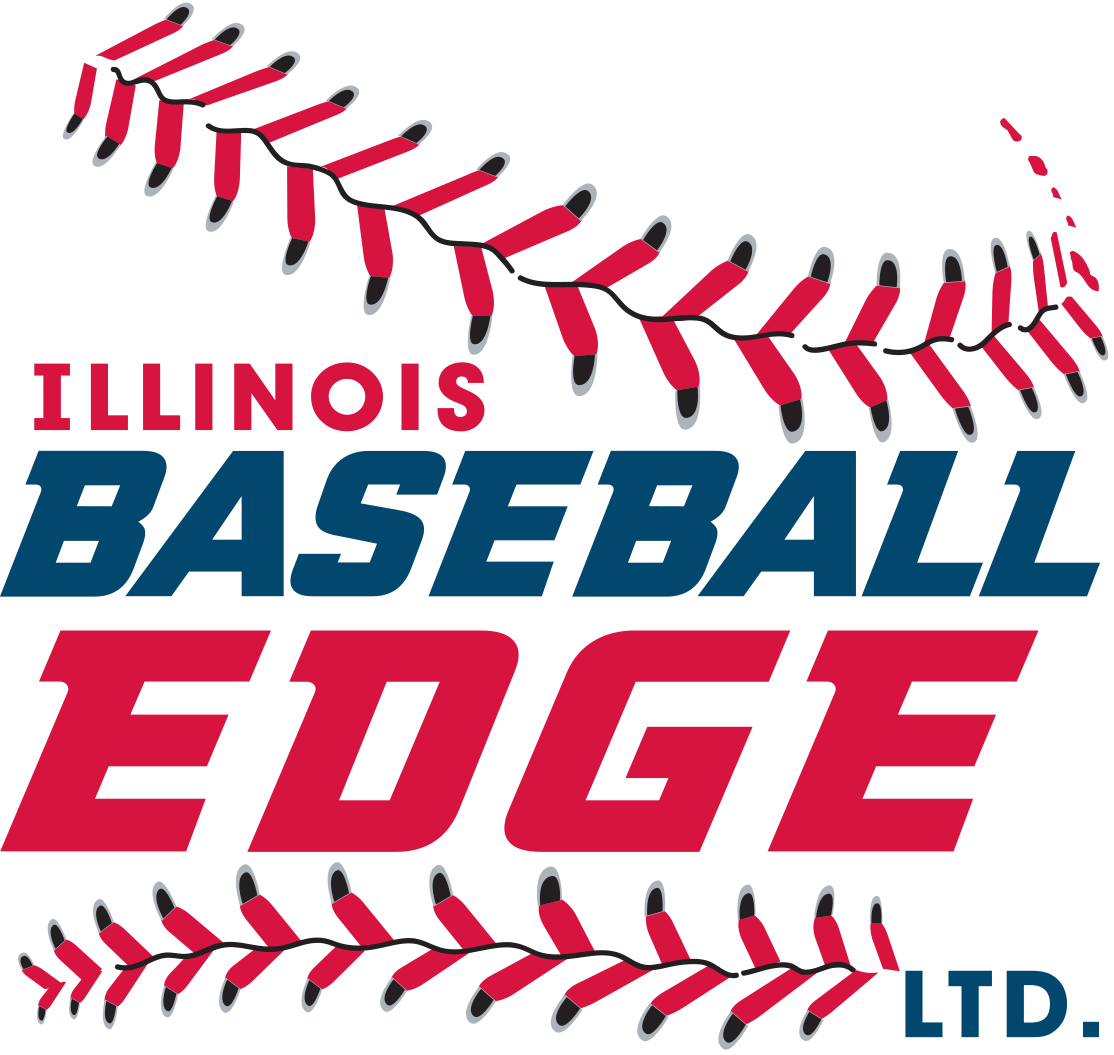Ernie Smith
What Kind of Performance Results Have You Been Getting?
As we get older, stronger, and as we put in more work, we should expect some level of improved performance when throwing. The previous post discussed general results in terms of arm health and performance gains. In this post I’m going to point out a few success stories from the perspective of impact.
Update from the Illinois Baseball Edge, Ltd.
With the grand opening of our new academy a little over a month in the rearview mirror, with high school baseball tryouts in progress, and with summer baseball getting closer every day, our staff thought it would be a good time to provide an update on training activity and performance results.
How Does One Go About Developing Velocity?
In a prior post I’ve described that almost all velocity development programs involve some form of long toss and weighted balls. But are you aware that there are ways to enhance velocity that have nothing at all to do with long toss or weighted balls?
What Can We Do To Help Prevent Injuries?
Throwing athletes need regular assessments that look at physical constraints such as strength, mobility, and physical imbalances. How much strength is “enough” and how much mobility is “enough” for your sport and position? Without regular assessments with a physical trainer or physician that are familiar with the unique demands of the throwing athlete, we are launching darts at a target with a blindfold on rather than addressing specific physical constraints that could be holding a player back or putting him or her at risk of injury.
What Causes Throwing Arm Injuries?
At the MLB level the thoughts behind why pitchers get injured have changed over the years. In the 1980’s it was thought that the splitter was a culprit. In the 1990’s this changed to the curve ball. In the late 1990’s mechanics came under scrutiny. While these things may all be contributors, on a logical level we recognize that age, size, strength, mobility, and training techniques also are part of the equation. The one thing we know correlates directly with injury is overuse. Injured players pitch more months, games, and pitches per year. They pitch more innings, pitches, and warm-ups per game.
Are Ulnar Collateral Ligament (UCL) Injuries on the Rise?
We know that the average velocity of fastballs is increasing in Major League Baseball (MLB), that injuries have been on a dramatic rise over time, and that people working in the training industry and medical professions tend to work in silos. Eugene Bleecker who is the founder and director of player development for a company named 108 Performance, in California, spoke at the Texas Baseball Ranch elite pitching coach’s clinic in December of 2020. He said that the areas of motor learning, skill acquisition, kinesiology, anatomy, and biomechanics have been “working in silos” and that we “should be looking at ways of fusing these areas” in training.
The Conundrums of the Information Era, Baseball, and Coaching
Baseball players are constantly in search of performance enhancement. The advent of the Internet, with a seemingly endless amount of content, feeds the interest of today’s players in a way that earlier generations could only dream of during their own playing days. An example would be the increase in the number of searches that occur on the topics of velocity and weighted balls over time plus the peaks in those searches that occur during January and February each year (the training season for many).
